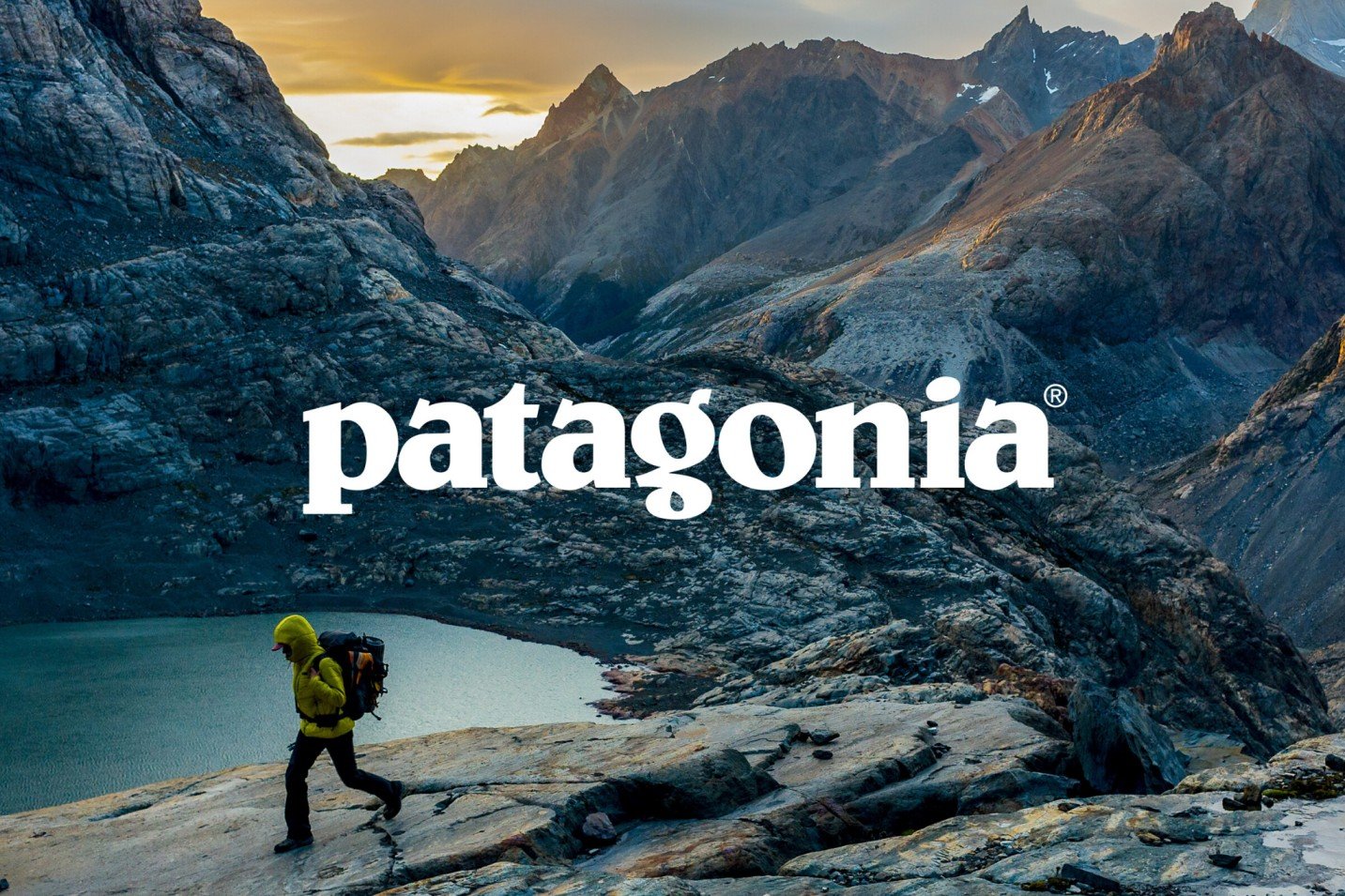
When you’re shaping a brand’s identity, every choice counts, especially when it comes to visuals. Are you going to tell your story through the imaginative world of illustrations or connect with the crisp reality of photographs? We understand these decisions are crucial and we’ve mastered the art of using visuals to launch a brand into the universe. Whether it’s graphic design, branding, or web design, we know the right visuals can make all the difference. Today we’re going to explore the differences between illustration and photography and why you might choose one over the other for your brand.
The Importance of Visual Identity
In the landscape of branding, a visual identity isn’t just a part of the strategy; it’s the glue that holds your brand’s image together. It’s the collective face your brand presents to the world, encompassing everything from your logo to your color palette, and even the font on your website. This visual identity acts as a silent ambassador, communicating your values, ethos, and personality without saying a word. It’s what makes your brand recognizable across different platforms and helps to differentiate you from competitors.
A strong visual identity is crucial because it provides a consistent and coherent way for customers to identify and connect with your brand on an emotional level, fostering loyalty and recognition in a crowded marketplace.
The Power of Visuals in Branding
Visuals do more than just catch the eye; they can also capture the heart and mind of your audience. Statistics show that people are 80% more likely to read content that’s paired with an image and 65% more likely to remember that information afterward. It’s about more than just looking good – the right visuals can speak volumes about who you are as a brand and what you stand for.
Illustration: Crafting a Unique Identity
Illustration brings a distinctive edge to branding. It’s a choice that lets you play with creative expression, giving your brand a unique identity that can’t be replicated. Illustrations are excellent for telling stories and can often capture complex ideas in a simple way. They’re perfect for brands that are young at heart or want to showcase their creative side, like children’s brands or artistic endeavors. However, it might not hit the mark for industries that rely on realism and detail.
Photography: The Art of Realism
Photography tells it like it is. It’s straightforward, it’s relatable, and it can leave a strong impression. For brands that rely on the tangible aspects of their products, like food or fashion, photography can be key to showcasing their offerings in the most authentic light.
The challenge lies in avoiding the trap of generic stock photos and investing in high-quality, original photography. Although basic photography needs can be provided by branding agencies such as ourselves, dedicated and professional photo and video studios often provide a better and more useful set of deliverables for brands that rely on photography as their primary communication and art style.
Brands That Shine with Illustration
Dropbox
Dropbox, known for its cloud storage services, has always been a forward-thinking company, not only in technology but also in branding. In recent years, Dropbox has shifted its visual identity, leaning heavily into the use of illustrations to redefine and elevate its brand. The company unveiled a reimagined visual language that diverged from the minimalistic, blue-box logo to a vibrant, illustration-rich aesthetic.
This move wasn’t just about standing out; it was strategic. Dropbox realized that as a tech company, it could feel distant and impersonal to its users – a challenge when you’re asking customers to trust you with their personal or professional files. By incorporating illustrations, Dropbox added a layer of warmth and approachability to its brand. They rolled out a series of playful, abstract, and imaginative illustrations that not only captured attention but also helped demystify the technology, making the concept of cloud storage more accessible to the everyday user.
These illustrations weren’t confined to a single style or tone, either. They varied from complex and detailed to simple and abstract, allowing for flexibility across various applications. Dropbox used these visuals across their website, app interfaces, and marketing materials, creating a cohesive and engaging user experience that communicated innovation and friendliness. The illustrations served as a tool to break down the barriers of the intangible nature of their service, presenting it in a way that users could easily understand and connect with.
But the success of Dropbox’s illustrative approach lies not just in the aesthetic appeal; it’s in the storytelling. Each illustration tells a part of the Dropbox story, from collaboration to security, and innovation. They use metaphors and playful scenarios that resonate with the viewer, making the abstract nature of digital storage feel more concrete and relatable. This storytelling through illustration has not only helped Dropbox maintain a strong presence in a competitive market but has also deepened their users’ engagement with the brand.
Dropbox’s effective use of illustration highlights a crucial point for brands considering this visual style: illustration is not merely about being eye-catching, it’s about connecting and communicating with your audience in a way that’s uniquely yours. It’s a testament to the power of visuals in branding and the potential of illustrations to transform a brand’s identity.
Mailchimp
Mailchimp, a marketing automation platform and email marketing service, provides a prime example of how illustrations can breathe life and personality into a brand. Long celebrated for its playful and offbeat brand persona, Mailchimp’s use of illustration has played a central role in differentiating itself in a market often perceived as dry or overly technical.
The brand’s journey with illustrations started early in its life, aiming to make the complex world of email marketing more approachable and enjoyable for its users. Mailchimp’s website and platform are peppered with whimsical, colorful characters and scenarios that not only draw the eye but also make the process of marketing feel more friendly and less intimidating. These illustrations serve as a guide through the customer journey, from signing up to creating campaigns, ensuring the user experience is not just intuitive, but also enjoyable.
Beyond just user interfaces, Mailchimp’s illustrations extend into their content marketing and advertising efforts. Their unique style features vibrant, often humorous illustrations that tell a story and evoke emotion, which is a departure from the more traditional, corporate imagery used by competitors. By consistently using illustrations across all touchpoints, they’ve created an instantly recognizable brand.
https://www.jane-song.com/mailchimp-illustration-system
Brands That Make a Mark with Photography
Patagonia
No shock here 😉 We’re bringing up one of our favorite brands, Patagonia. Patagonia is an American outdoor clothing company that stands as a benchmark for how photography can serve as the cornerstone of a brand’s identity, especially when that brand’s narrative is deeply intertwined with nature and environmental activism. For Patagonia, photography isn’t just a means of showcasing products; it’s an avenue to inspire, educate, and ignite a conversation about conservation and the outdoor lifestyles that their products are meant to support.
At the heart of Patagonia’s branding strategy is their commitment to authenticity. Their use of raw, breathtaking photography captures the rugged beauty of the natural world and the spirit of adventure that defines their customer base. Patagonia’s photographs often feature real athletes, customers, and employees rather than professional models, in real environments facing the elements — whether it’s a climber silhouetted against a dawn-lit mountain or a surfer braving the chill of northern swells. This commitment to realness not only lends credibility to their products but also resonates with their audience’s values of adventure and environmental stewardship.
However, Patagonia’s photographic approach goes beyond product placement; it is a narrative device that tells the larger story of the brand’s environmental mission. Through their catalogs, website, and social media channels, Patagonia utilizes photography to document and share the state of the environments their customers care about. Their visual storytelling often includes images of endangered landscapes and testimonials from activists, bringing to the forefront the environmental causes that are integral to the brand’s mission.
Patagonia’s photography serves as a call to action. It has the dual effect of inviting the viewer to explore the outdoors while also stirring a protective sentiment towards these landscapes. This is evident in campaigns like “The New Localism,” which uses photography to highlight local conservation efforts and inspire community involvement, and “Blue Heart,” which documents the fight against the damming of Europe’s last wild rivers.
Patagonia’s adept use of photography transcends traditional branding. It positions the company as an authentic advocate for the environment, deepening customer loyalty, and distinguishing Patagonia in a crowded market. Their use of powerful imagery is a testament to how brands can leverage photography not just to showcase products, but to forge a deeper connection with their audience, rally them around a shared cause, and stand firm in their values. It’s a potent reminder that sometimes the most compelling way to tell your story is to simply show it in its most unadulterated form.
https://brandthechange.org/blog/inspiring-brands-for-change-patagonia
Our Visual Strategy
At TwentyThree.Five, our process begins with understanding your brand’s core. We look at what you stand for and who you’re speaking to, then decide whether illustration or photography – or a mix of both – will best tell your story.
Our studio’s heart beats strongest in the realm of illustration and graphic design. We pride ourselves on our ability to distill complex ideas into compelling visual narratives that are as unique as the brands we work with. Illustration offers a versatility and a freedom of expression that’s unmatched, enabling us to create bespoke images that carry the essence of your brand. This tailored approach ensures that your brand’s visuals are not just seen but felt, fostering a deeper connection with your audience.
However, we also understand that some stories are best told through the lens of a camera, capturing moments with authenticity that resonates on a human level. This is where our synergy with MODO Studios shines. While TwentyThree.Five is your guide in the vibrant world of illustration, MODO Studios is the master of capturing reality, with a sharp eye for photography and videography that speaks volumes without saying a word.
When a project calls for the raw authenticity that only photography can deliver, we work closely with MODO to bring that vision to life. Their expertise in photo and video production complements our illustrative prowess, ensuring that no matter the medium, your brand’s story is told with clarity, creativity, and impact. This dual-strength approach gives us the flexibility and ability to serve brands across various industries. It allows us to not only tailor visual solutions that resonate with your audience but also adapt and evolve as your brand grows. Our goal is to create a visual identity that not only stands out in the crowded marketplace of today but also carries the enduring power to captivate for years to come.
Start a Mission
Choosing between illustration and photography isn’t just a practical decision; it’s a strategic one. The right choice and or blend can set the stage for your brand’s future and resonate with your audience. At TwentyThree.Five, we’re here to guide you through that choice and create visuals that aren’t just seen but felt and remembered.
Ready to define your brand’s visual style? Send us a transmission and let’s create something memorable. Whether you’re leaning towards the unique appeal of illustrations or the authentic connection of photography, we’re here to make your vision a reality.




